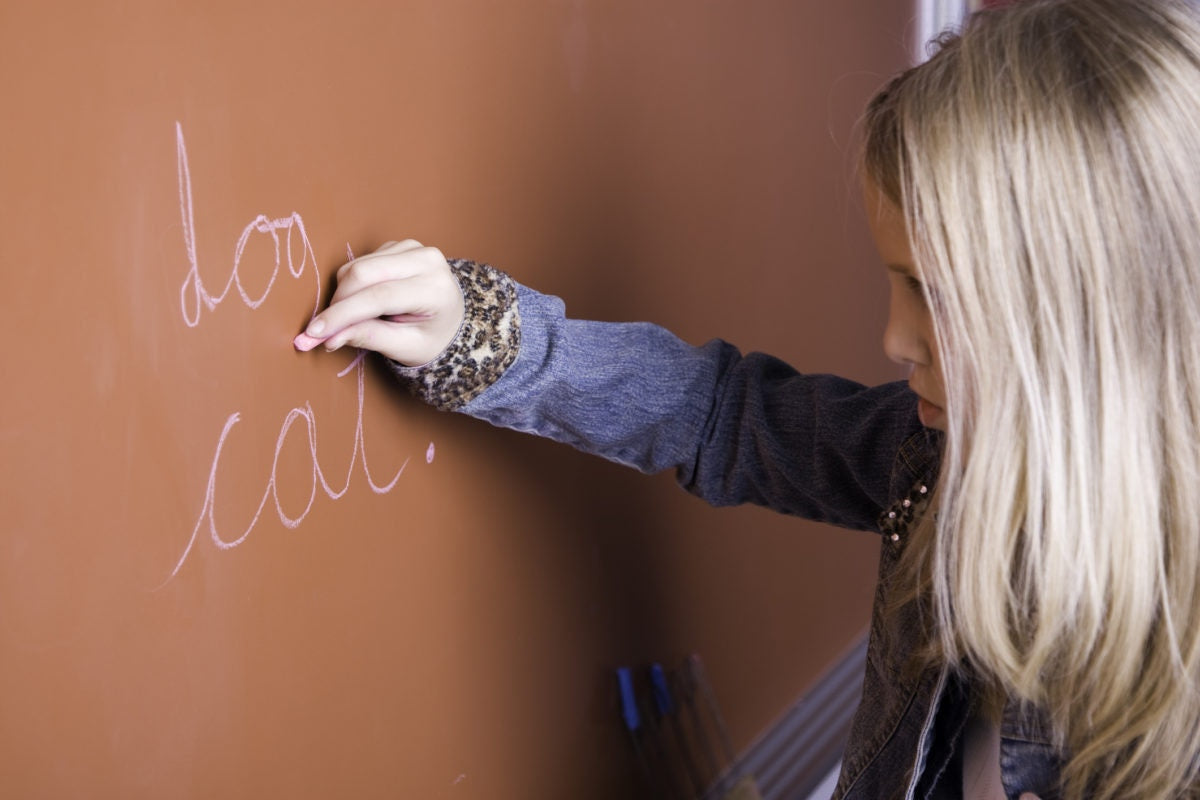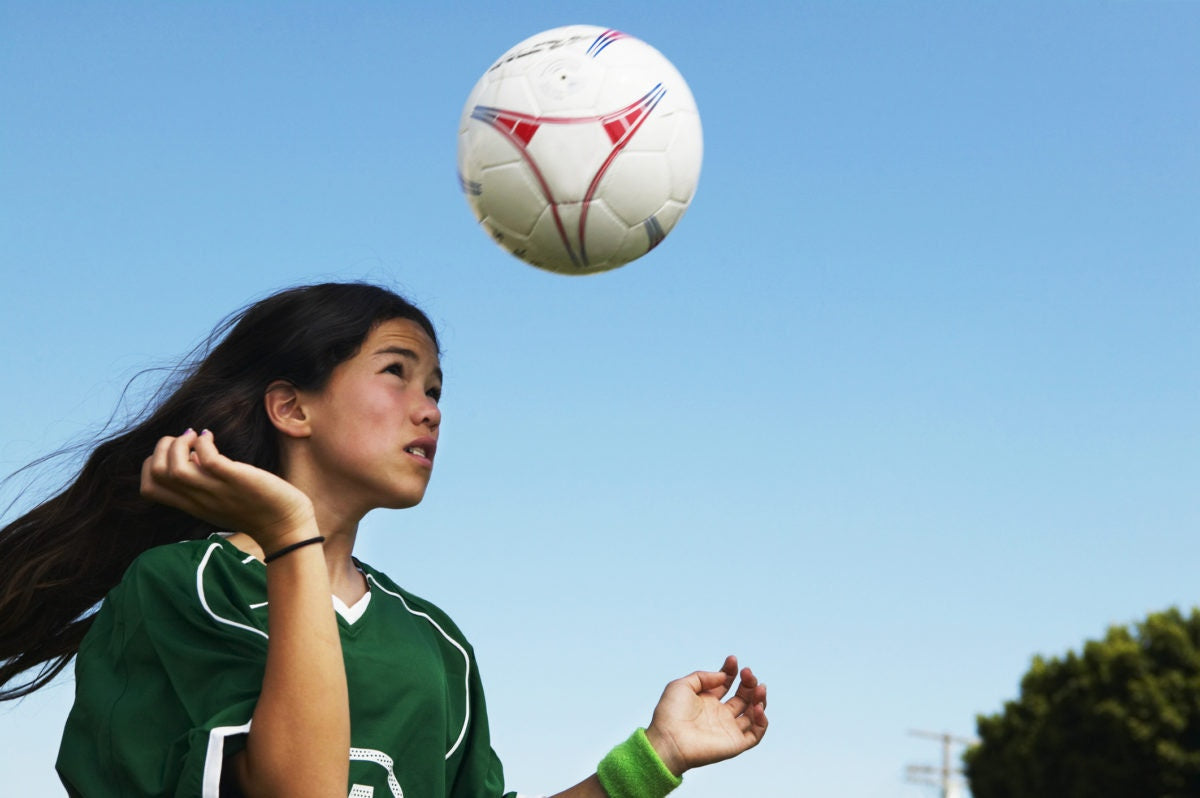I knew the day was coming. My first-born was going off to kindergarten. Yes, I was the typical mother, gripping onto the back of my son’s shirt, never wanting to send him off freely. But as an educator and part-time neurotic there was more to it than simply letting go. I knew that open play time, a full-day of school, and the absence of sleep would paint a sloppy picture.
Turns out, research proves I’m not so crazy.
When most of us were kids, there was at least the option of half-day kindergarten. We woke up, played in the rice box, sang some songs, and came home to our parents to be put down for that mandatory nap. Today, it is rare that you can find that half-day option. In most cases, kids are in school seven to eight hours per day.
This is a lot for the five- or six-year-old.
Today, academics are at the front line in the school-age battle, so districts are lengthening the day for kindergartners. More time in school equals more time for academic rigor. Research conducted by The American Educational Research Association compared the outcomes between half and full-day kindergarten. The study, titled “Effects of Full-Day Kindergarten on Academic Achievement and Social Development,” claims that although there is a positive impact academically on full-day kindergarten, the outcomes fade by the third grade. So, although kindergartners who attend a full-day may seem to be conquering the educational war compared to us when we were kids, by the time they reach the third grade the achievement benefits fizzle out.
Furthermore, the study demonstrated that these full-day kindergartners do not have as optimistic of a view towards school as their half-day counterparts. And because the day is long, kids are more apt to be tired and irritable as they near the second half of the day. I can certainly attest to this one. My son is over-stimulated from the demands of school when he gets home. Settling him down is like wrangling a snake full of venom.
He bites me every time.
And I don’t blame him. The need for academic attention is often too much for kids at this age.
Most parents of school-aged children have heard the saying, “Kindergarten is the new first grade.” However, as one study author notes, “A five-year-old is still a five-year-old. They need a developmental program that meets their cognitive (academic), social, emotional, and motor needs.” Many argue that what these kids still need more desperately than the strain of academics is play.
Yes, kids still play in kindergarten, but not enough. Studies both old and new have clearly proven the benefits that come from children and play. This is how the little people learn and exhibit creativity. But kindergarten classrooms today are demanding on these little hands, feet, and minds. According to another study in The American Journal of Play, author Meghan Lynch states how the amount of play over the past decade has been declining progressively. The study, titled “More Play Please: The Perspective of Kindergarten Teachers on Play in the Classroom,” proves that teachers feel an immense pressure from principals, policies, and even other teachers to focus on academic goals, thus taking away play time.
The stress of performing well on standardized tests is now being felt from teachers at the kindergarten level. The research went on to discuss how free play is dwindling and guided play is now king. But this leaves no time for true creativity. The choice is taken away from them. Many of the teachers in the study claim they desire more play time within the structure of the day, but were unable to for different reasons.
I am thankful that my son’s teacher gives her students free play and even “brain breaks” where their bodies move and their brains go on pause. This gives their little bodies a chance to wiggle, which is developmentally appropriate for their age.
When their hands and feet have had enough, they deserve a time to rest.
As new parents, we read everything we could in regards to getting our newborns to sleep. As our babies grew into toddlers and beyond, we researched how much sleep they should be getting and how to accomplish it. But as our kids enter kindergarten, all of that knowledge is crumbled up and tossed into the garbage can. In many districts, there is no nap time for these little kids. It is expected that their brains and bodies run non-stop without a break.
According to a study on concurrent and longitudinal relations between children’s sleep and cognitive functioning, in child development, “When children get insufficient sleep or poor-quality sleep, their motivation and engagement for carrying out tasks may diminish, as well as their concentration, reasoning, and problem-solving skills.” Knowing the aftermath of lack of sleep and understanding how kids need time to refresh, I am dumbfounded why more districts don’t at least try to enforce a rest time. If my kid was given a mat to lay his head, maybe, just maybe, I wouldn’t feel his venom in the late afternoons.
Parents, don’t be afraid to inquire about play, rest-time, and the half-day kindergarten option if it works for your family. These are all developmentally appropriate questions for your little five- or six-year-old child. Some schools or districts may have the answers you are looking for. If not, well, I hear wine pairs nicely with that five-year-old snake bite.
Learning
Are the Benefits the Full-Day Kindergarten Model Enough to Warrant Such a Long Day?



